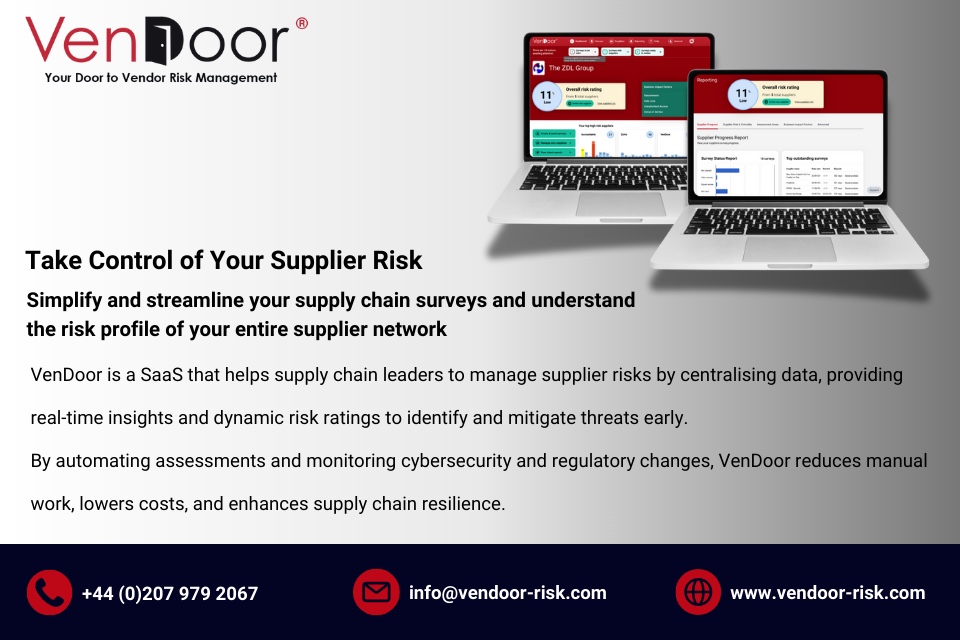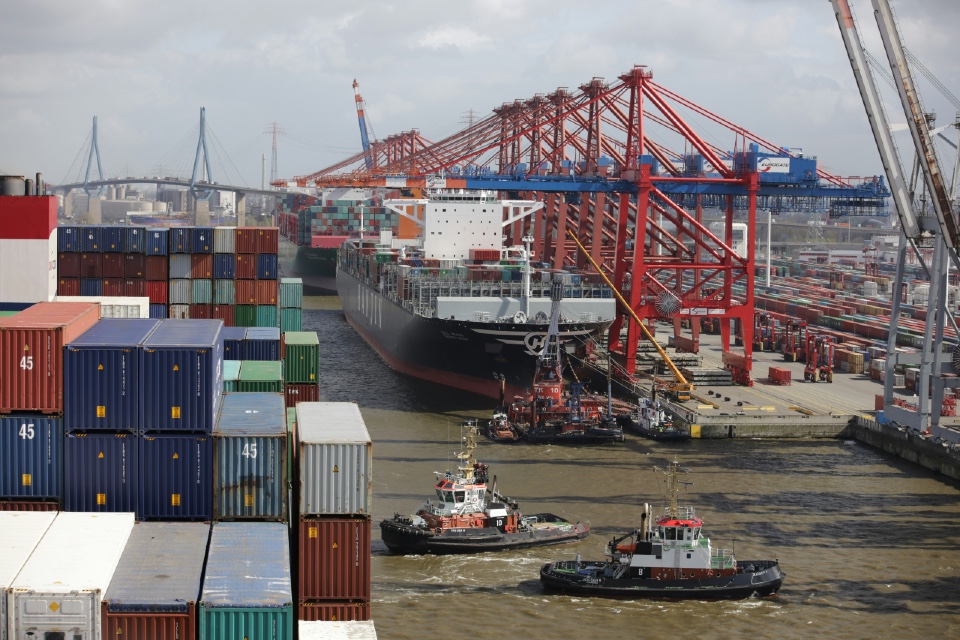By Zencargo
The last 18 months have seen the freight market at its most turbulent — and expensive — in living memory. While most shippers know that they’re paying more, monitoring exactly how much more and how it affects profitability remains a challenge.
However, by moving to a dynamic cost model, logistics managers can adapt to market changes both quickly and strategically. Here are a few reasons why you should consider building one.
Costs are more unpredictable than ever
In a fluid freight market, total landed costs can vary from shipment to shipment, week to week or even day to day.
For example, additional sources of unplanned-for costs include:
- Addition surcharges (PSS, GRI, Equipment Fees, Congestion Fees)
- D&D charges from congested ports and delays with collection
- Fluctuating haulage and trucking rates
Shippers need to manage profitability in real time
Decisions over what cargo to move, what to hold and what to expedite now need to be taken on a SKU by SKU basis.
That’s because cost variability means a profitable shipment in one month may become a loss-maker in the next, even with the same goods, in the same size container, on the same route and carriers. Especially in recent months, freight, storage, D&D and transport surcharges have varied significantly.
Without visibility over these elements, logistics teams lack the right information to see when an item becomes overall unprofitable, risking losses that won’t be apparent for months.
Building good data foundations gives you a long-term advantage
Once you have designed and built your model, you’ll be set up to measure progress and pinpoint key areas to reduce costs and improve performance.
Other opportunities might include:
- Being able to hold suppliers accountable for hitting cargo ready dates
- Reducing dwell times at node points to control extra charges
- Keeping all the players across your supply chain informed
Ultimately, building a flexible model can help you to manage a lot of problems with one set of numbers.
For a step-by-step walkthrough on how to build your model, download Zencargo’s Cost Visibility handbook now.







